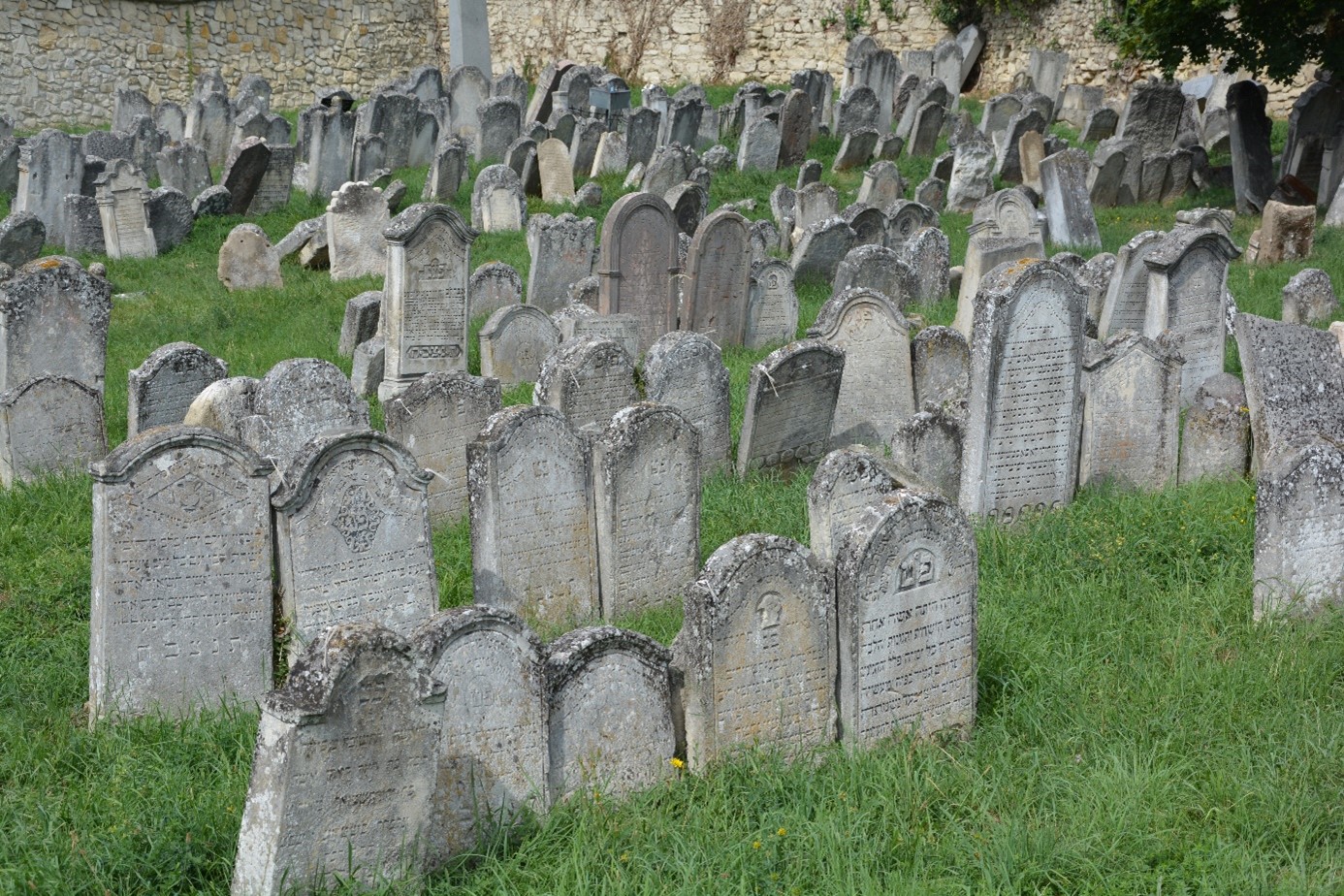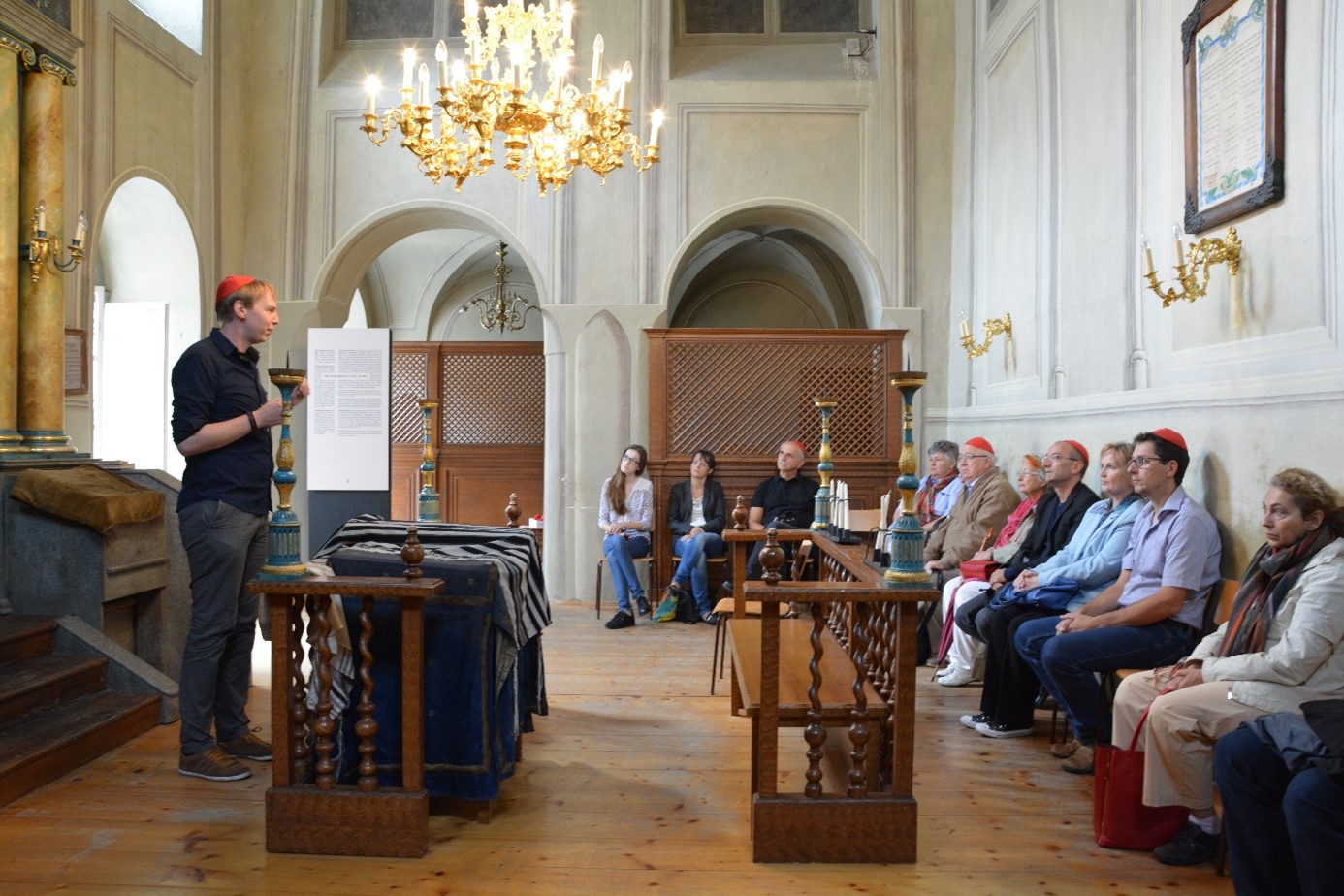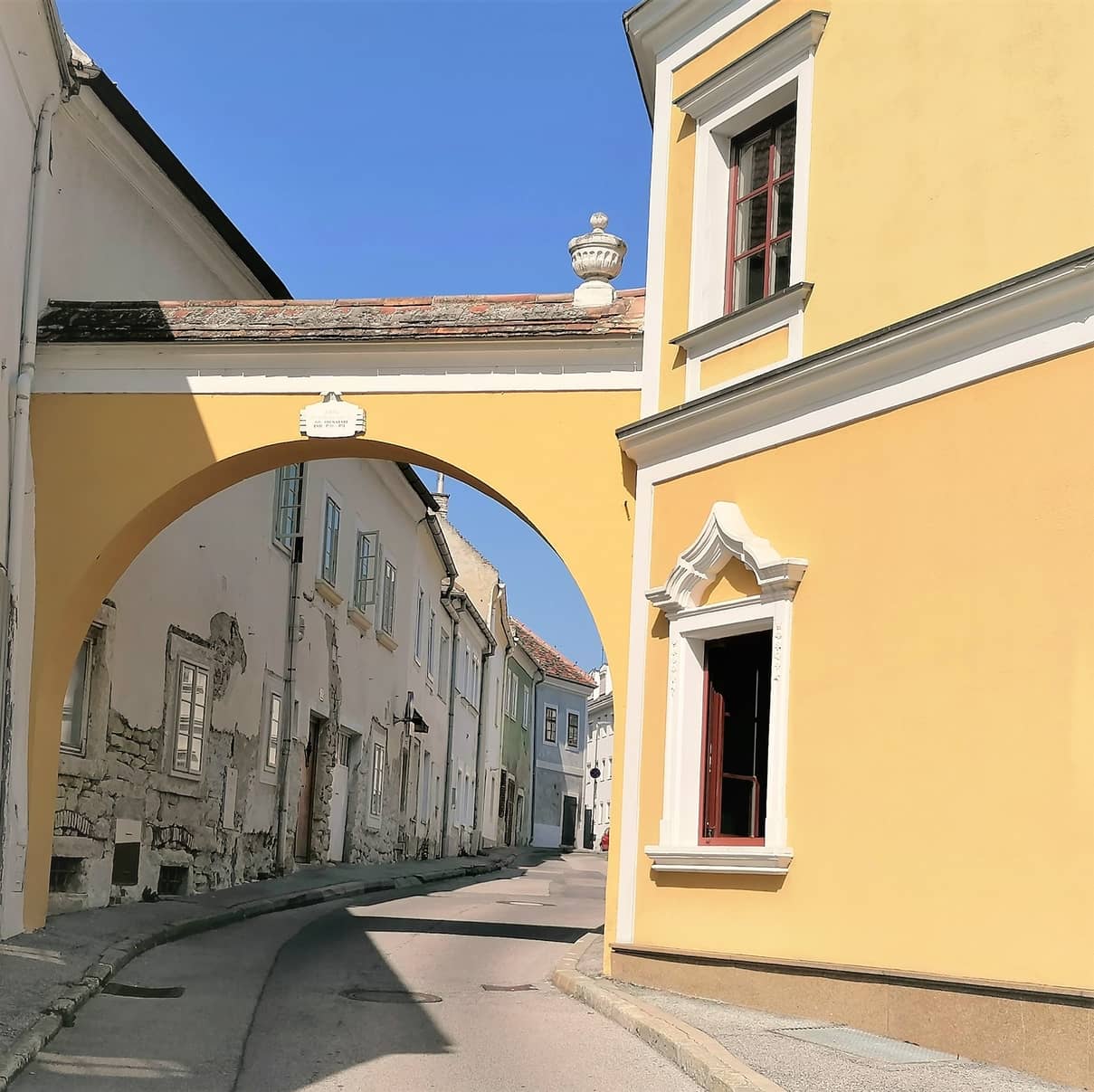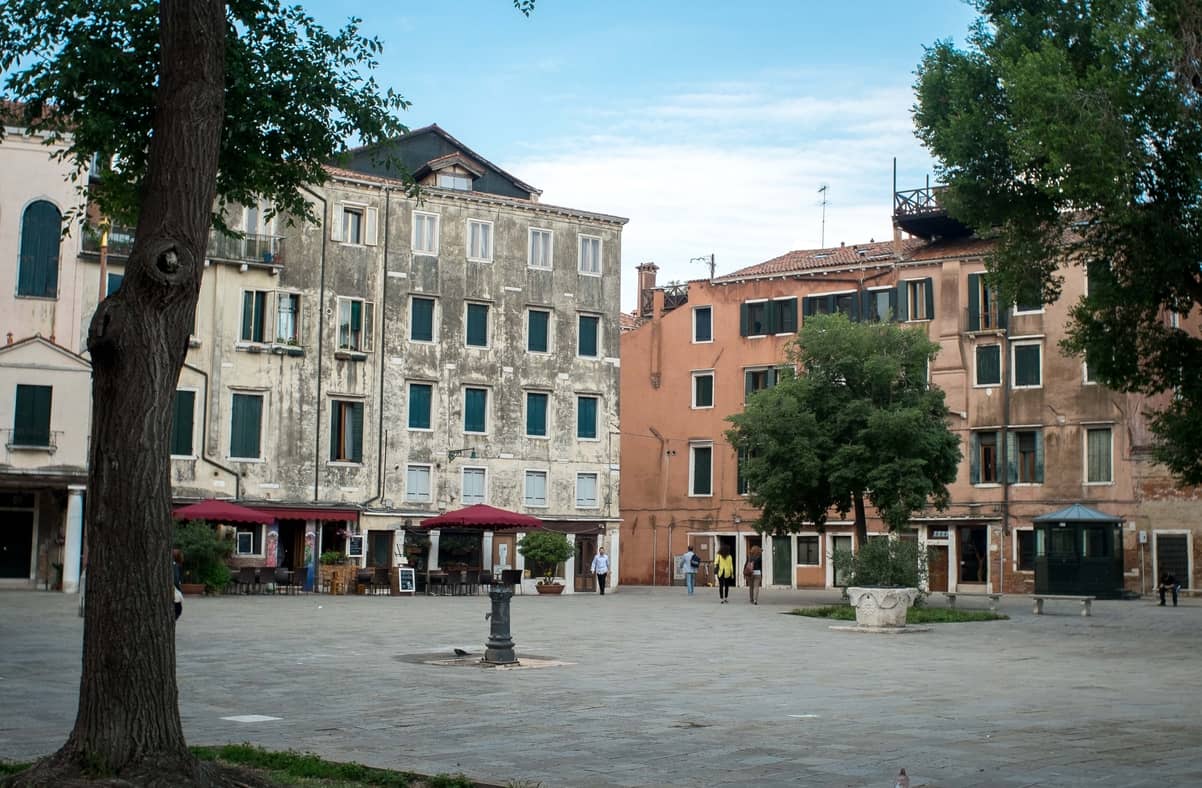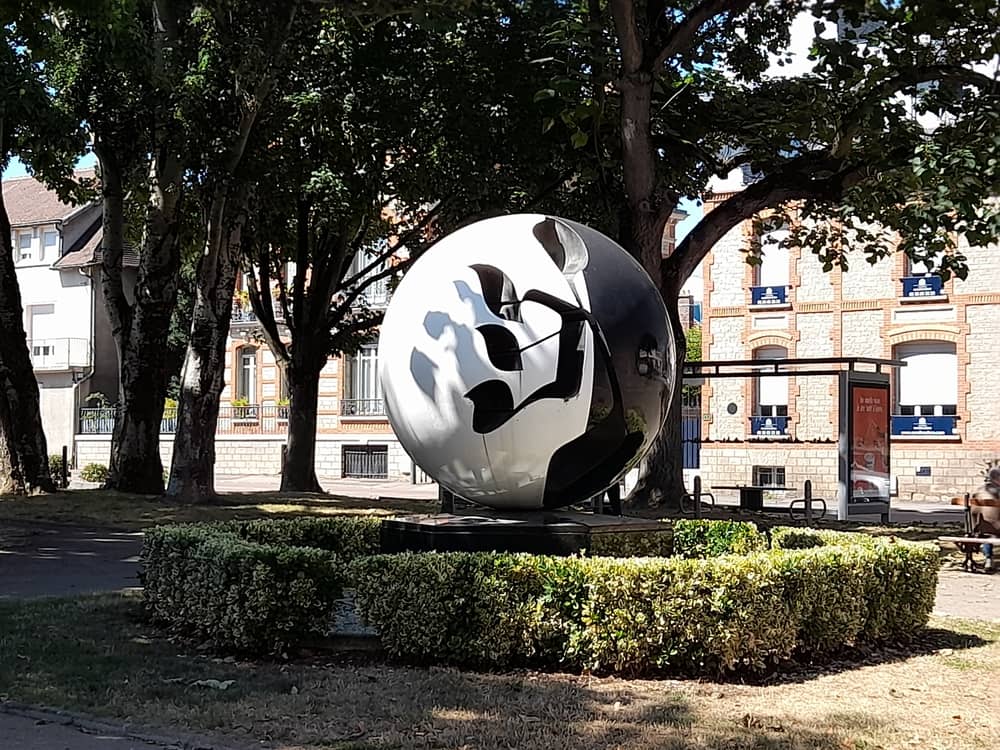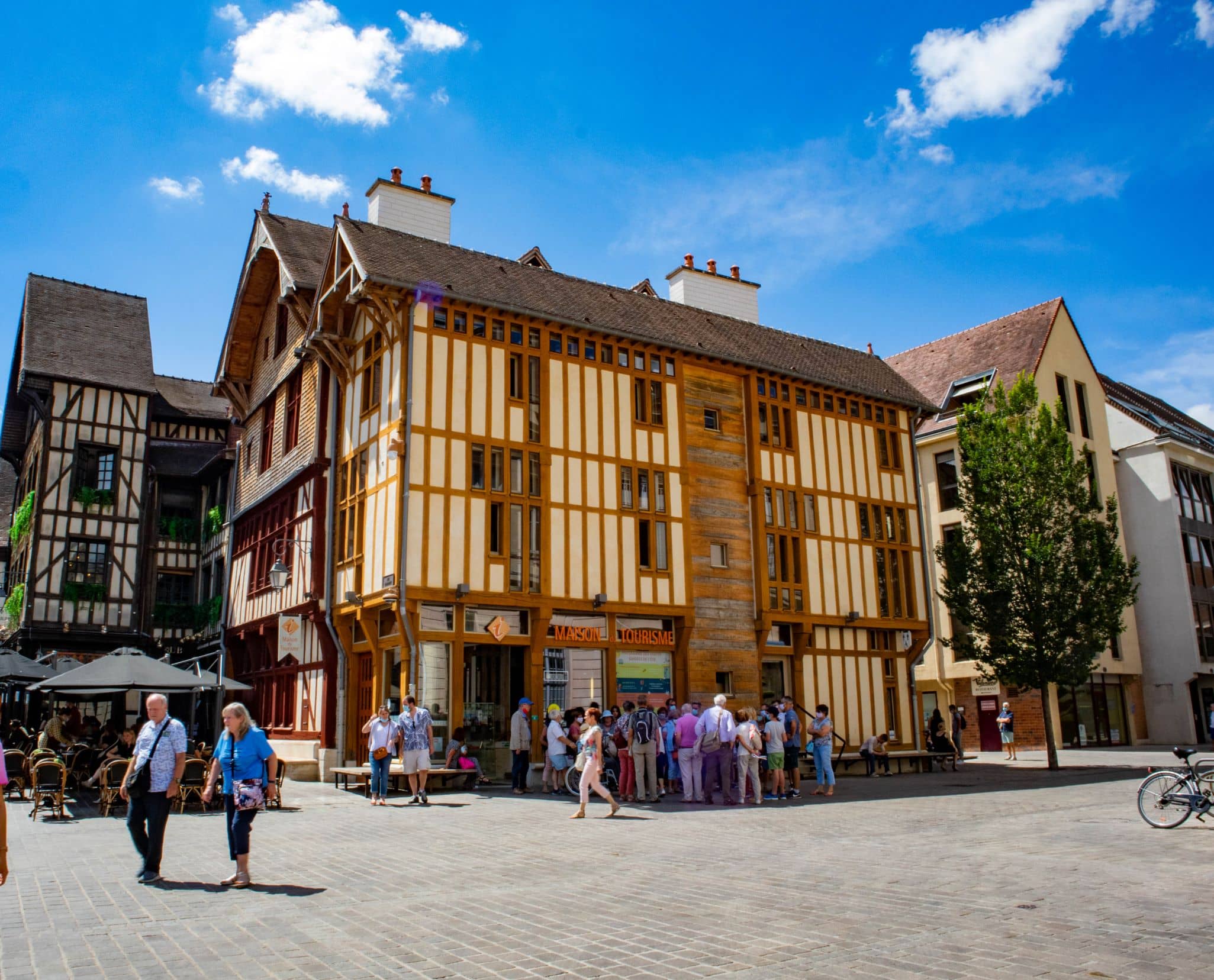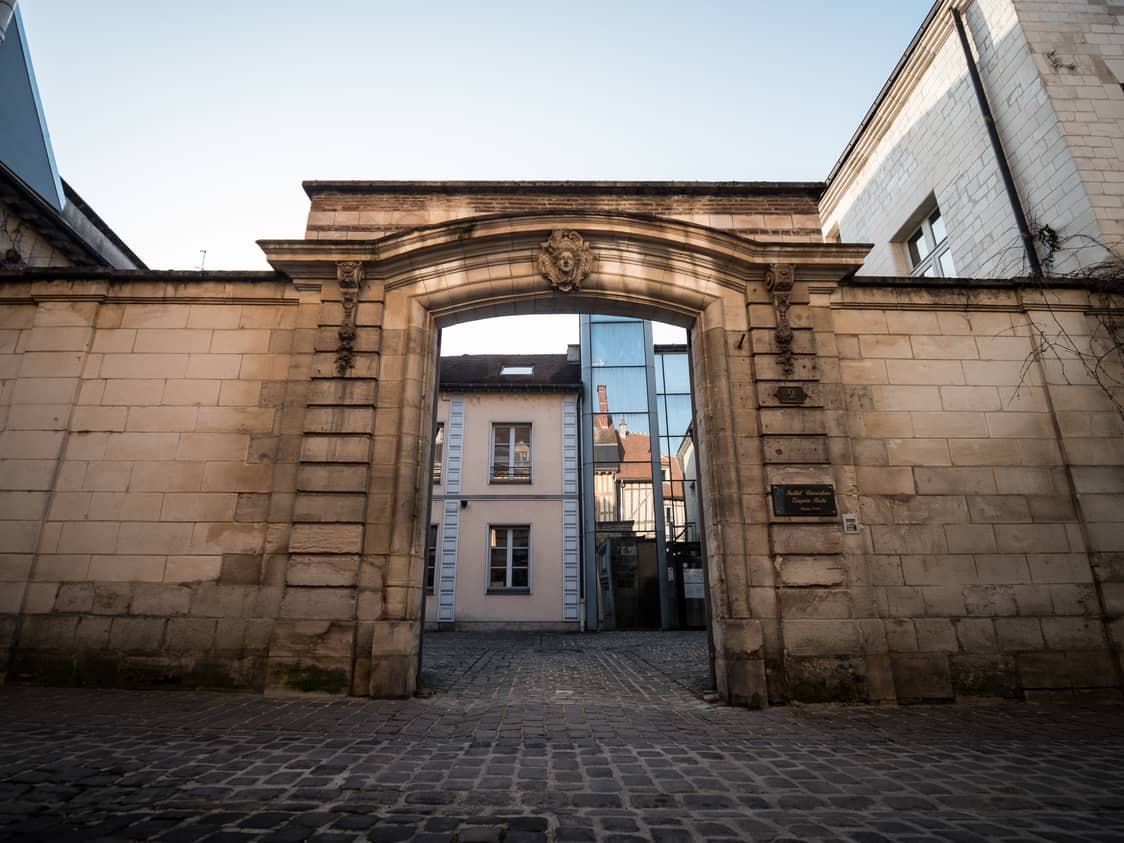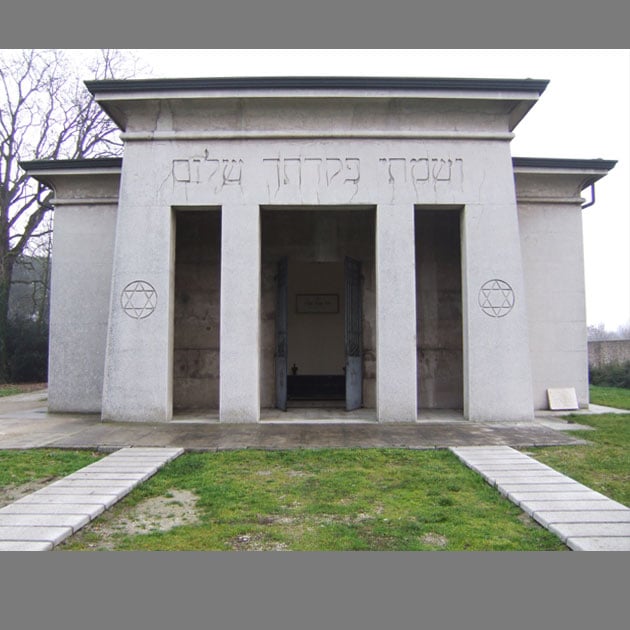The oldest gravestone of the older Jewish cemetry of Eisenstadt (at the end of the Wertheimergasse) dates back to 1679 and was in use until 1875. Today there are still more than 1.100 grave stones that can be seen at this cemetry. Today the original entrance to the cemetry doen’t exist and it’s split into two halfs. Due to the research of the Austrian Jewish Museums one can easily find the names of those who are buried here via QR-Code. The keys to the cemetry can be found either at the Austrian Jewish Museum (Unterbergstraße 6) or at the doorman of the hospital (Carl-Moreau-Straße).
Site Tag: Attraction
Austrian Jewish Museum and Wertheimer Family Synagogue
The Austrian Jewish Museum was very fortunate to be able to settle in a historic building of the former Jewish quarter of Eisenstadt. The museum is located in a place where a notable Jewish community settled for more than 250 years. The museum was founded in 1972 as the first Jewish museum in Austria after 1945. During a visit, you can not only see the former private synagogue and the museum’s collections, but also catch a glimpse of the old houses of the Jewish quarter and the two Jewish cemeteries.
Eisenstadt Jewish Quarter
The first evidence of the presence of Jews in Eisenstadt was found as early as the 13th century. In this settlement, according to documents from the 16th century, there was already a prayer house, a ritual bath and a cemetery. Visible remains have not been preserved.
Arte Ebracio Shalom Judaica
This inviting Judaica shop is located in the Venician Jewish ghetto and sells a variety of Jewish decor made in Venice. Their store is filled with silver, Murano glass, crystal, mosaics, and bronze pieces from mezuzot and menorahs to Shabbat candles and Hebrew-emroidered cloth. Arte Ebracio Shalom also creates and sells a variety of unique pieces for shops, museums, and synagogues.
New Ghetto (Ghetto Novo)
The Ghetto Novo is the area of the city to which, in 1516, the Jewish population of Venice was forced to move. The first ghetto in Europe, it stands on an island demarcated by the canals of San Girolamo, Ghetto Novo and Battello. It was originally only connected to the city by two gates.
Initially, seven hundred Jews of Italian and Central European descent lived there. However, the population expanded rapidly following later waves of migration.
The central square (“campo”) is where daily life was played out, with synagogues, workshops, pawnbrokers (note the sign of the Banco Rosso at number 2912) and wells for the water supply. As it could not expand beyond its borders, in order to increase its capacity for accommodation construction in the ghetto began first to become fragmented and then to take a vertical direction, so that some houses were extended up to as many as eight storeys (which was exceptional considering the instability of Venice’s sandy foundations).
During the 19th century some buildings were demolished and rebuilt. This is the case of the current seat of the Rest Home, (n° 2874), where inside is preserved the aron of the Scola Mesullamim, which was demolished in the 19th century.
On the wall of house number 2874 is the Holocaust Monument (1980). It consists of seven bronze bas-relief plaques depicting scenes from the Holocaust, by sculptor Arbit Blatas. Not far from here, another memorial by the same artist, from 1993, presents on planks of wood the names of the 246 Jews deported from Venice. Of them, only seven would return; a bronze panel depicts them boarding the train carriages.
The main square of the Ghetto Novo leads to the first three synagogues and the Jewish museum.
Visits: a guided tour of the area is available, visiting three of the five synagogues. This is run by the Jewish Museum of Venice.
Raymond Moretti’s sculpture for Rashi
The Rashi Memorial created by the sculptor Raymond Moretti was inaugurated in 1990, 950th anniversary of Rashi’s birth, on the occasion of the opening of the Rashi University Institute. This large sphere, 2.20m in diameter by 2.80m in height, faces the Champagne theater, close to the former Jewish cemetery where Rashi was buried. The monument rests on a hexagonal granite plinth which represents France. This black and white sculpture symbolises contrasts and presents in cutout, the acronym of Rashi. It was officially unveiled by Nobel Peace Prize winner Elie Wiesel.
The Troyes Tourism Office
Troyes Tourism Office tour takes you to Saint Frobert district, the Old Jewish quarter of Troyes. It gathers the streets St Frobert, Hennequin, du Paon, Audiffred, Cordeliers, Boucherat. The rue Saint-Frobert and the current district are named after the old church which is said to have been built on the site of a synagogue where Rashi is said to have taught. The rue du Paon probably housed his home. In the Middle Ages, the neighbourhood was known as the “Broce aux Juifs” which referred to the brushwood in the area, situated close to the countryside. In the 11th century, this area was home to several jewish families including Rachi. The Jewish community of Troyes was able to develop thanks to the protection granted to them by the counts of Champagne from the 11televenth to the 13th century between the reign of Thibault II and Thibault IV. If Jewish families gathered in this neighborhood nothing distinguished them from the rest of the population. It was not until 1215 that the Church forced them to wear a distinctive sign on their clothes in the form of a piece of yellow cloth called a wheel (Rouelle). Rashi died at age 65 on July 13, 1105. Buried in Troyes with full honours in the former jewish cemetery, situated in the area of Moretti’s sculpture, outside the walls of the medieval city, next to the Porte de la Girouarde today disapeared (located at the time at the crossroads of Quai Dampierre and Rue de la Cité). The cemetery was demolished in the 16th century to enlarge the city and his grave disapeared.
The Rashi European University Institute
The Rashi European University Institute is an institution of higher education, open to all, devoted to Jewish and Semitic studies and research on monotheistic religions. In the spirit of the exegete Rashi, the Institute opens Judaism to the world, in all its diversity. Classes, debate evenings, and conferences hosted throughout the year provide paths of reflection centered on religious study and on the dialogue between cultures and religions.
The exhibition “Rashi and the Jews in Medieval Times in Europe”, inaugurated in 2005 by Troyes’ Jacques Chirac public Library to commemorate the 900th anniversary of Rashi’s death, is also open to visitors (under registration).
National Museum of Italian Judaism and the Shoah (MEIS)
The MEIS has been open for several years, staging exhibitions, conferences and festivals. For the events calendar see http://www.meisweb.it/. Further development is underway in the permanent building.
The Museum was established as a Foundation by an Act of Parliament with the aim of illustrating the culture and history of Jews in Italy, dating back more than two millennia: a contemporary museum, a cultural arena, with no permanent collection, a space designed as a “ever-changing possibilities”.
The Italian Parliament selected Ferrara as the seat of the National Museum for a number of reasons, including the glorious history of the local Jewry, once one of the largest and most active communities in Italy, which was further popularized in the 20th century through Giorgio Bassani’s stories, set in the city.
When it came to choosing the site, the Via Piangipane former prison – built in 1912 and closed in 1992 – was selected. The museum design is based upon the building’s complete change of identity: from confinement and marginalisation, to openness and relationships. Only two of the original prison’s blocks, built as a T, have been preserved – those that best represent its original function: the panoptic block – with a view over all the compound –, and the one on Via Piangipane, the original façade facing the city. The entry selected in the international competition has five new glass and concrete buildings, on the site of the demolished blocks, for the five books of the Torah, and a garden. The buildings include the museum exhibition halls, educational rooms, an auditorium, a bookshop, kosher restaurant and coffee shop.
Via delle Vigne Cemetery
This burial ground was granted to the Jewish community in 1626. It lies next to the Certosa cemetery, in the north-eastern section of the Addizione Erculea (the addition under Duke Ercole), in a large space that had been left as a lawn under Rossetti’s original project.
At the end of Via delle Vigne, the entrance to the cemetery bears a large granite gateway designed in 1911 by the Jewish architect Ciro Contini. He also designed the burial chapel inside, in the same style as the gateway decorating it in a neo-Babylonian style. These developments gave the Jewish community of Ferrara the visibility it had sought for after Emancipation, which in other cities had led to the construction of new monumental synagogues.
The vast cemetery has an irregular shape due to several consecutive developments: each section has imposing constructions, most of which against the perimeter walls, mixed in with simple old and recent headstones and tombstones. Even to date the plain lawns bear witness to the ban on tombstones imposed by the ecclesiastical authorities in the 18th century. In the same period the cemetery was raised by the Inquisitors and 16th- and 17th-century tombstones were demolished in 1718 and reused to build Duke Borso’s column.
